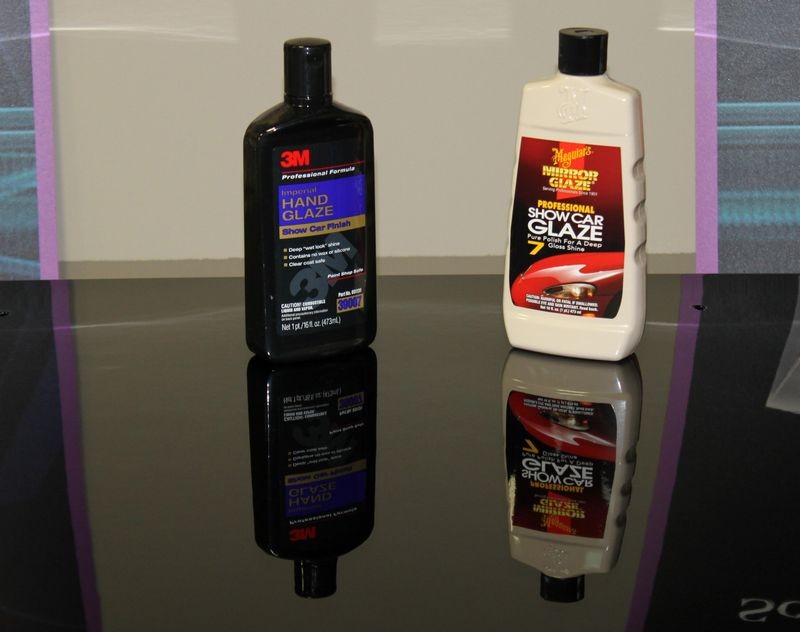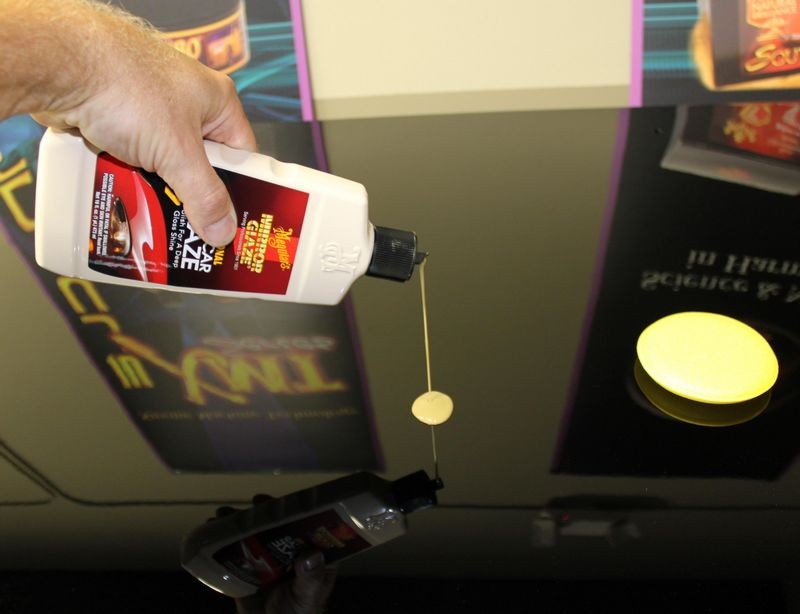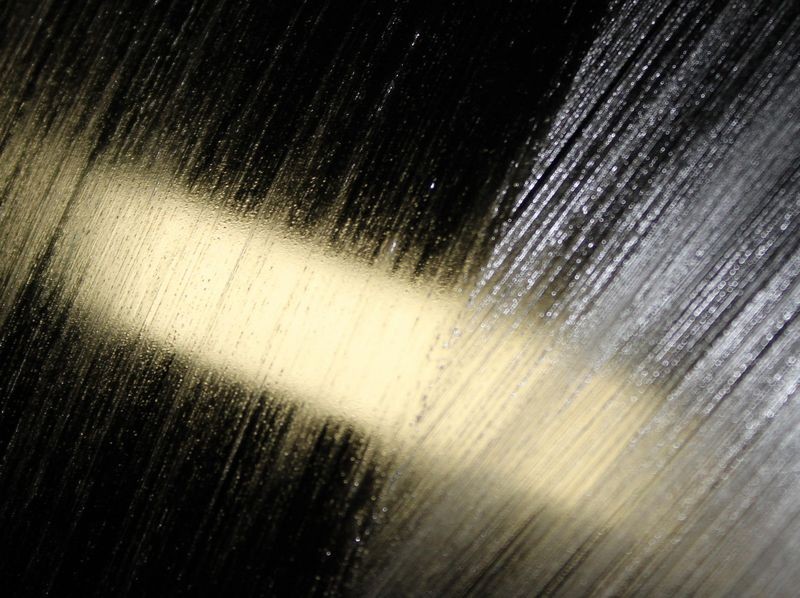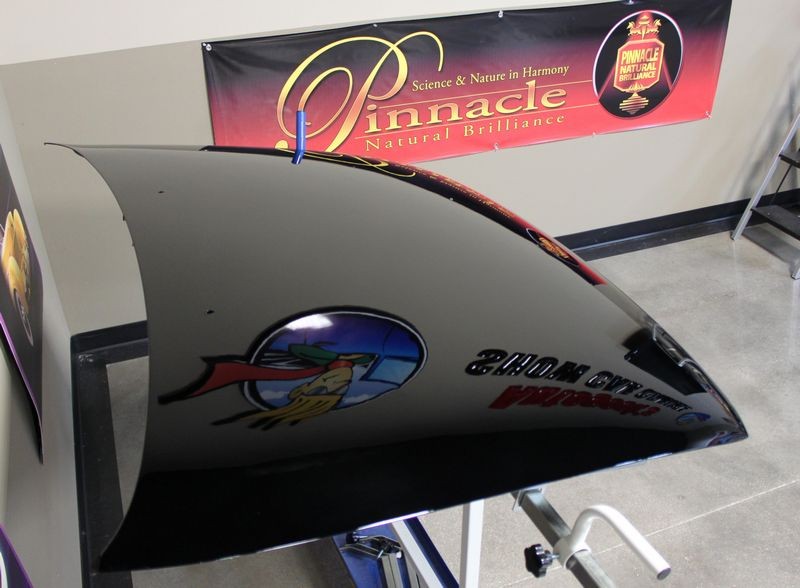I've been reading a lot of the forums and following others detailing pages, and that's what triggered the questions.
It's a perfectly good question and a common topic but in my opinion most of the opinions you'll read on the topic of fillers are from non-chemists, (like me), so keep that in mind when taking in opinions.
It seemed from the majority of reading that people were against glazes and such artificial enhancements were an abomination.
Here's another issue to consider. There are no "Wax Police" Or I should say "Word Police" in the wax world. This means companies can choose and use any word they like to describe their product and they do.
Most glazes are NOT true glazes in the historical sense and definition of the word as used in this industry but are in fact some type of car wax or synthetic paint sealant.
Here are two true glazes using the historical use and definition of the word glaze and "yes" I have an article on this....
 Body Shop Safe Glaze on Fresh Paint - #7 Show Car Glaze
Body Shop Safe Glaze on Fresh Paint - #7 Show Car Glaze
A common procedure for fresh paint is to hand or machine glaze the paint after any wetsanding, cutting and buffing has been performed.
Fresh Paint = Less than 30 days since it was sprayed
In most cases, fresh paint is sanded, buffed and glazed within a few days after being sprayed, before the owner picks up the car. For the glazing process you need to use a product that is
"Body Shop Safe", that means there are no ingredients that will contaminate a fresh paint environment and cause surface adhesion problems for the new paint.
One type of surface adhesion problem is called
"Fish Eyes" and that's where some type of contaminant remains on the prepped surface at the time the paint is sprayed and the surface tension created by the contaminant prevents paint from sticking to that area, so the paint pile up around the contaminated area and creates a circle without paint and because of the appearance after the paint dries, this type of defect has been given the name... "Fish Eye".
Two of the most well known Body Shop Safe glazes in the refinishing industry are
Meguiar's M07 Show Car Glaze
3M Imperial Hand Glaze
While they do the same job and while 3M has purchased Meguiar's, the formulas are very different and the formula for #7 Show Car Glaze goes back to the 1920's easily.
We had two hood painted just this week, in fact they were sprayed late Wednesday night. I picked them up in my truck on Thursday.
Today is Friday, this means the paint on this hood is less than 48 hours old.
Some people think that you cannot put any type of chemical or product on fresh paint until it's at least 30 days old and they're close... the rule of thumb is to not seal the paint with any type of wax or paint sealant for 30 days.
That doesn't mean you cannot use "Body Shop Safe" products on fresh paint and all across the land in body shops every day there are people pouring all kinds of chemicals on fresh paint and then compounding, polishing and glazing the paint.
As long as the paint is set-up and hardened enough to work on you can start working on it and thus pour body shop safe products on it that enable you perform whatever procedure it is you're doing.
To drive this point home, here are a few pictures of fresh paint, less than 48 hours old being hand glazed.
Fresh paint less than 48 hours old...
3M Imperial Hand Glaze and Meguiar's #7 Show Car Glaze
Pouring out #7 Show Car Glaze onto brand new fresh paint
Carefully spreading out #7 Show Car Glaze with a clean foam applicator pad
The hood is completely glazed...
Close-up... #7 has an oily sheen...
No need to let the glaze dry, in fact you want to wipe it off right after you apply it and work it in...
Wiped-off and a reflection shot of a bottle of #7 in the glazed paint...
Glazed Fresh Paint...
Reflection shot...
I hope this has shed a little light on fresh paint, glazing and body shop safe products...
:xyxthumbs:









